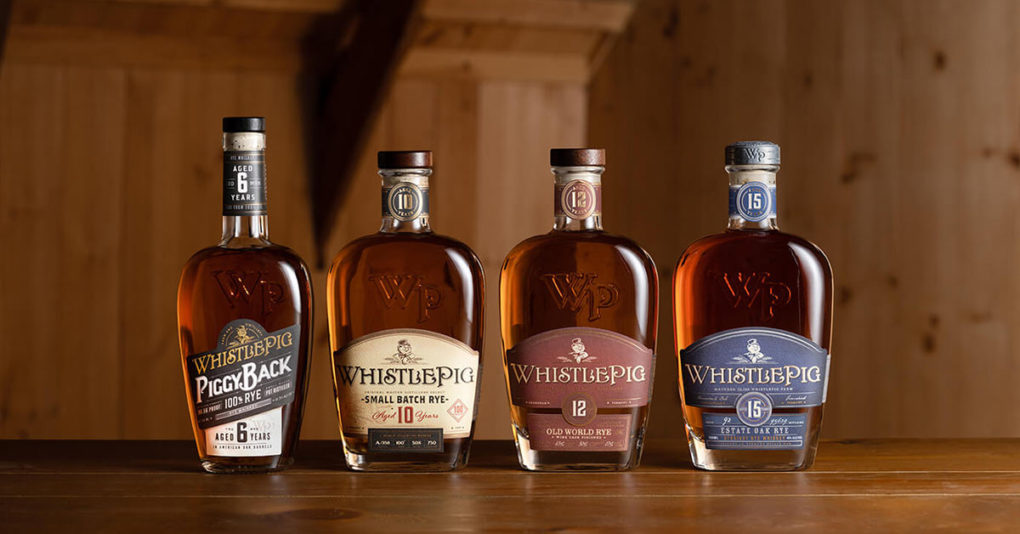
WhistlePig has flipped the script on rye whiskey, how?
For a long time, rye was thought of as your granddad’s whiskey, right? It was also used in a lot of ways as a flavoring component or additive, but not the star of the show. We felt that the flavor is there for rye to stand on its own. Both the spice and the power that comes with rye works great in your classic cocktails like a Manhattan or an Old Fashioned. But the versatility of rye is what makes it fun. So all that innovation and that we can affect and change rye, and how well it takes to different flavors, is what makes rye awesome. Our 10-year, 12-year, and 15-year all taste vastly different from each other because of the finishing and the way rye can really change and take on those flavors. That versatility makes rye a lot of fun and has allowed us to really push the narrative of it being an awesome drink.
The company is always experimenting, how does internal culture foster that kind of innovation?
It’s partially about how small we are. My CEO sits upstairs, he’s here today and if I want to run an experiment, I run upstairs and say, ‘hey, can I go buy this barrel?’ And 99% of the time he says, ‘why are you asking me? Just go do it.’ From the top down, everybody’s willing to try. And it’s not going to work every time, and we’re aware of that. But you’re not going to find the really great stuff if you don’t try. We’re a pretty small company and we have the ability and the freedom to do some of those experiments. It’s not three months of paperwork to prove why I need to buy a barrel.
What about for you personally, where does inspiration for new SKUs come from?
It comes from all different methods. Once it started with a cheese plate with dried figs that paired so well with our whiskey that I thought, I can do something with this. And then it just snowballed out from there. Sometimes it’s just trying new flavors.
I also work really closely with my marketing team. We have meetings where no idea is a bad idea, and then we try and execute it— and maybe it doesn’t work but both sides just throw ideas around and try different things. That allows some of these crazy and weird innovation ideas to come to life.
As a spirit company, how did you develop a unique take on Dry January?
Every year we release a Dry January product. This year it was called Dank & Dry Old Fashioned Cocktail, but there’s actually no THC in it, It’s just the terpenes. It tastes like alcohol and tastes like THC, so kind of bringing those two flavors together: the two different vices. And it creates a drink that’s more healthy, which everyone is looking for in Dry January. We don’t do anything in large, mass amounts. We also do it as a fundraiser. We give a portion of the profits to bartenders who are our whole support system— and when everyone goes dry in January, their tips go down a little bit. So supporting bartenders is always the spirit of our Dry January, it’s not huge volume for us, but it is a way to give back.
What do you think is the biggest opportunity for the company right now?
I think that it goes back to innovation. We have a lot of freedom here to be able to continue to explore and push boundaries, and do it outside of rye. It’s been a lot of fun to explore other whiskeys too, we have two single malts out on the market now, along with a bourbon. And I just released our first wheat whiskey earlier this summer. So being able to also branch out into other whiskeys besides rye and show off our innovation and those branches as well is where a lot of our opportunity lies.
If you could wave a magic wand, what would you change about the whiskey industry?
I’ve been at WhistlePig for six years and it’s gotten significantly better over the six years, but whiskey was always traditionally thought of as a man’s drink, right? I would love to switch that game up. Rye is awesome, and it’s a great drink, and it goes great in some cocktails, so if I could wave a magic wand, I would get more of the female population to just try it more.